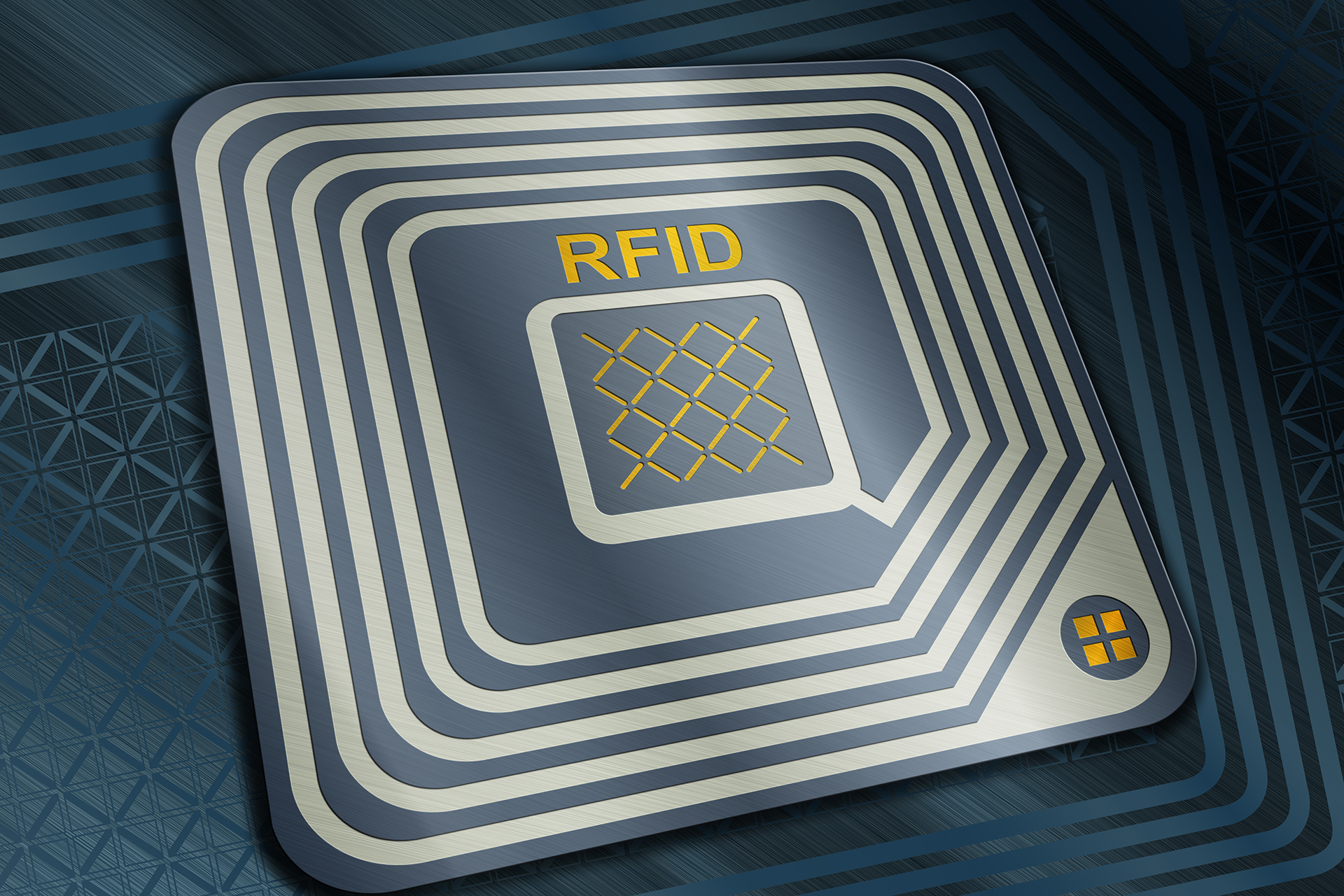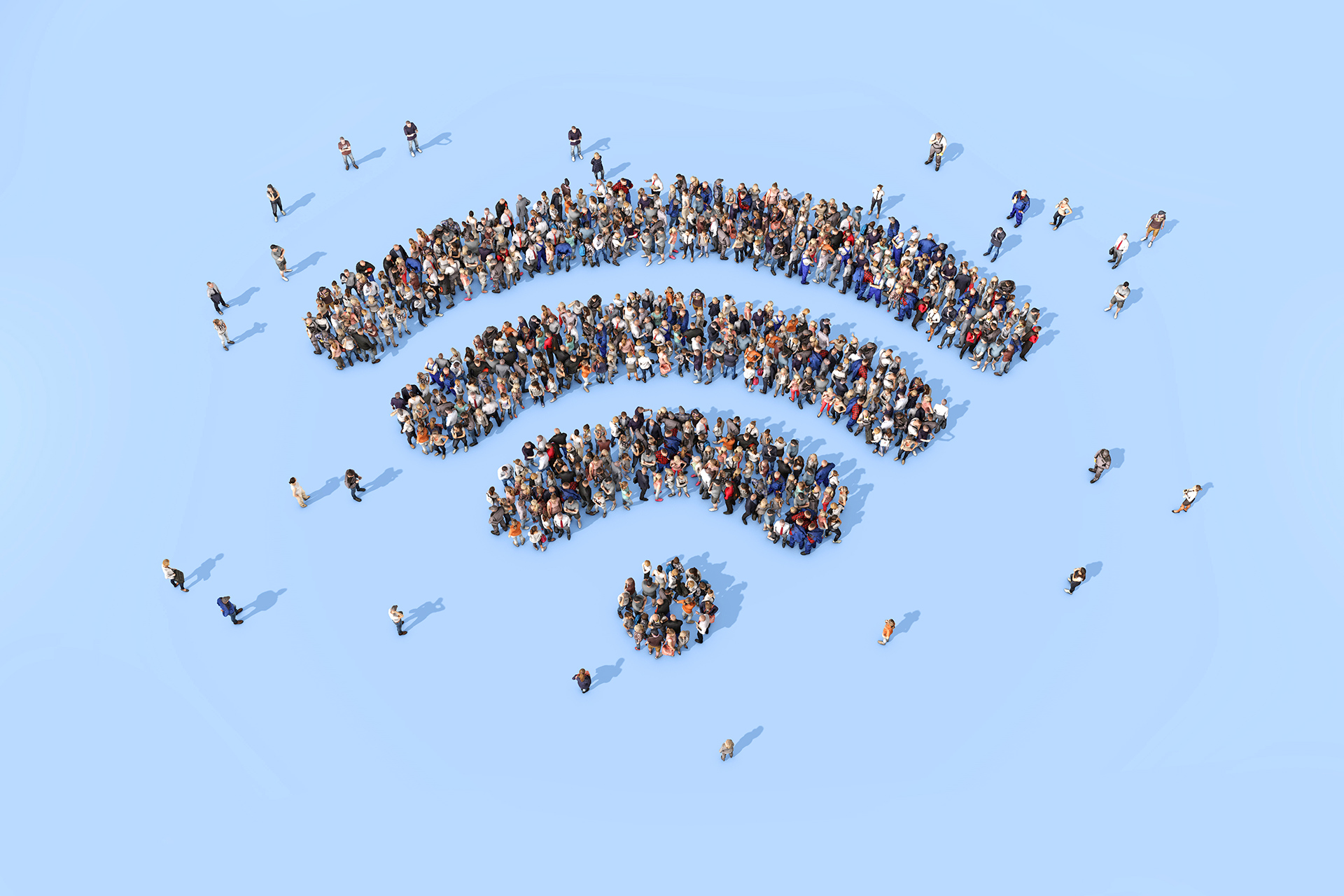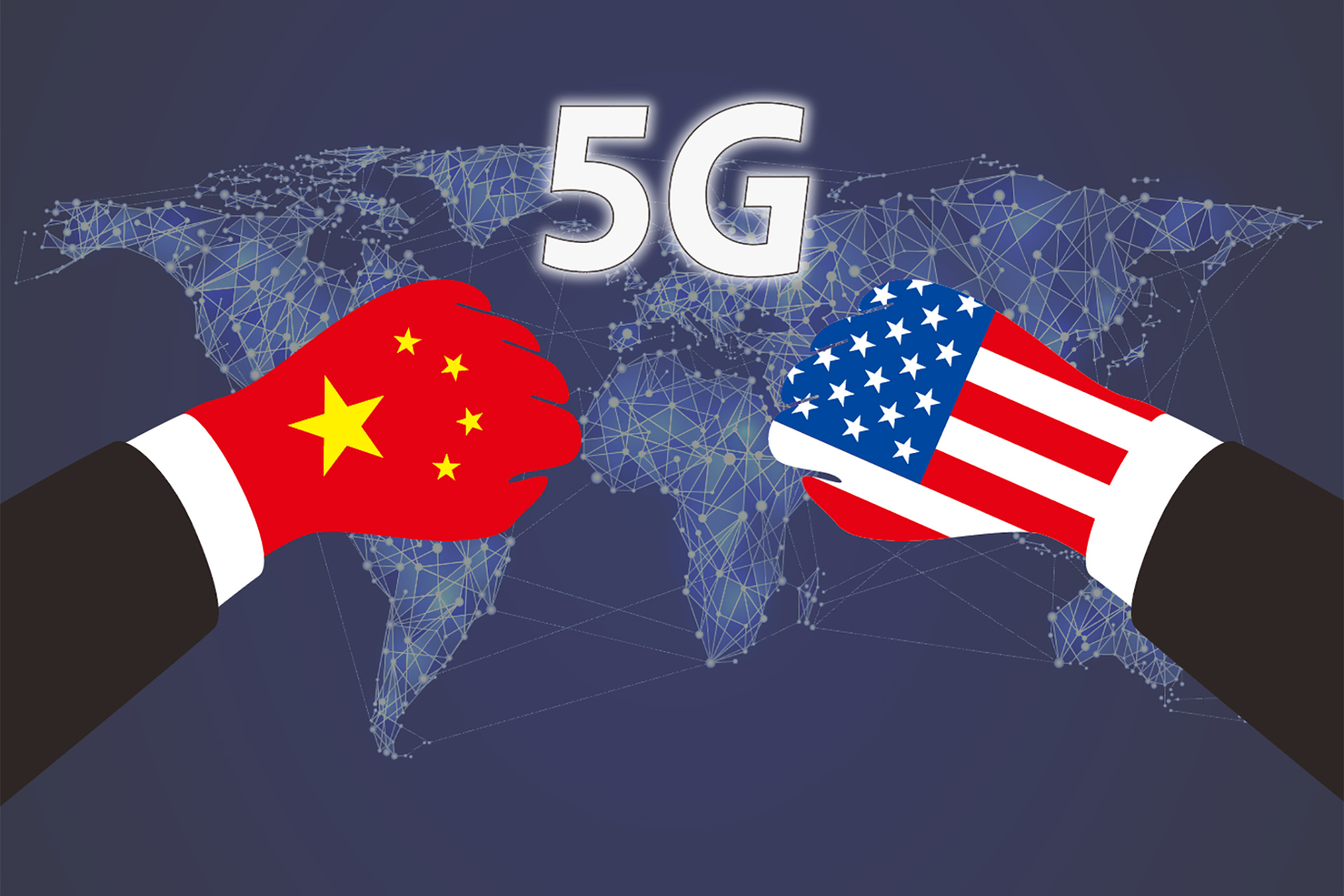-
Cyber-Kinetic Security
NFC Security 101 (Non-5G IoT Connectivity Options)
NFC is a short range two-way wireless communication technology that enables simple and secure communication between electronic devices embedded with NFC microchip. NFC technology operates in 13.56 megahertz and supports 106, 212, or 424 Kbps throughput. There are three available modes of NFC communication: Read/write (e.g. for reading tags in NFC posters) Card emulation (e.g. for making payments) Peer-to-peer (e.g. for file transfers) There is no need for pairing code between devices, because once in range they instantly…
Read More » -
Cyber-Kinetic Security
RFID Security 101 (Non-5G IoT Connectivity Options)
Radio-Frequency Identification (RFID) is a technology commonly used for identification, status administration and management of different objects. It is important for people identification, as it is commonly deployed in the latest biometric passports. It operates in several frequency bands like Low frequency band from 125 kHz to 134 kHz, High frequency band with 13.56MHz working frequency, Ultra-high frequency band with 433 MHz working frequency and 860 – 960 MHz sub-band. In Ultra-high frequency bands there are…
Read More » -
5G & AI
AI and 5G: AI at the 5G Core – A Double-Edged Sword
If you’ve ever been to an expensive restaurant and ordered a familiar dish like, say, lasagna, but received a plate with five different elements arranged in a way that does not at all resemble what you know as lasagna, then you have probably tasted deconstructionism. This approach to cuisine aims to challenge the way our brain makes associations, to break existing patterns of interpretation and, in so doing, to release unrealized potential. If the different…
Read More » -
Cyber-Kinetic Security
Wi-Fi Security 101 (Non-5G IoT Connectivity Options)
The Wi-Fi represents wireless technology that includes the IEEE 802.11 family of standards (IEEE 802.11a, IEEE 802.11b, IEEE 802.11g, IEEE 802.11n, IEEE 802.11ac, etc.). Within 50m range, it operates in 2.4 GHz and 5GHz frequency bands,. This technology was developed for wireless networking of computer devices and is commonly called WLAN (Wireless Local Area Network), where the communication is realized between wireless routers typically connected to the Internet and other wireless nodes within its range.…
Read More » -
Cyber-Kinetic Security
Bluetooth Security 101 (Non-5G IoT Connectivity Options)
Bluetooth is short-range wireless communications technology based on the IEEE 802.15.1 protocol. It works in a crowded license free 2.4 GHz frequency band and shares this resource with many other technologies. Bluetooth is the optimal solution for establishing small wireless networks called Piconets, by connecting two Bluetooth devices. One of these nodes is Master that can be connected via Bluetooth link to 7 other Bluetooth devices—Slave nodes in Personal Area Network (PAN). Typical data rates…
Read More » -
Cyber-Kinetic Security
Zigbee Security 101 (Non-5G IoT Connectivity Options)
Zigbee technology introduction Zigbee is wireless PAN (Personal Area Network) technology developed to support automation, machine-to-machine communication, remote control and monitoring of IoT devices. It evolved from IEEE 802.15.4 wireless standard and supported by the ZigBee Alliance. IEEE 802.15.4 standard determines specifications for the physical and data link layer and Zigbee Alliance provides standards from network layer to application layer. While Zigbee determines the contents of the transmitted message, the 802.15.4 standard provides details about…
Read More » -
Cyber-Kinetic Security
LoRaWAN Security 101 (Non-5G IoT Connectivity Options)
I get accused of focusing too much on 5G as the only future IoT connectivity option. I do write a lot about how 5G will revolutionize our society, become the most critical of critical infrastructures and about security threats with 5G. I see 5G, with its low latency, high bandwidth, network slicing and ubiquitous coverage becoming the foundational capability for mission critical industrial, agricultural, financial, medical, education, energy and transportation, even military and emergency services…
Read More » -
5G & AI
Digital Double Helix: Why the Fates of 5G and AI are Intertwined
In 2013, George F. Young and colleagues completed a fascinating study into the science behind starling murmurations. These breathtaking displays of thousands – sometimes hundreds of thousands – of birds in a single flock swooping and diving around each other, look from a distance like a single organism organically shape-shifting before the viewer’s eyes. In their research article, Young et al reference the starling’s remarkable ability to “maintain cohesion as a group in highly uncertain…
Read More » -
5G Security
5G Critical Infrastructure – the Most Critical of All
Not even 30 years separate us from the end of the Cold War. Yet, we appear to be witnessing the emergence of a new one, a technology Cold War between the United States and China. This time, instead of a ‘red under the bed’, the US government has declared there is one at the back door. It accuses Chinese technology companies of deliberately building vulnerabilities into their tech, allowing the Chinese to access and control…
Read More » -
5G & Massive IoT Business
Geopolitics of 5G and 5G-Connected Massive & Critical IoT
Emerging Technology and Geopolitics of 5G There are several reasons emerging technology is a highly competitive industry, notwithstanding the race for intellectual property that can be licensed by burgeoning markets for revenue. A first-mover advantage is often a way to lock in relationships that can lead to long-term infrastructure commitments, integration support services, and service delivery platform development. As the adage goes, “Whoever owns the platform, owns the customer.” This race to be the first…
Read More »









